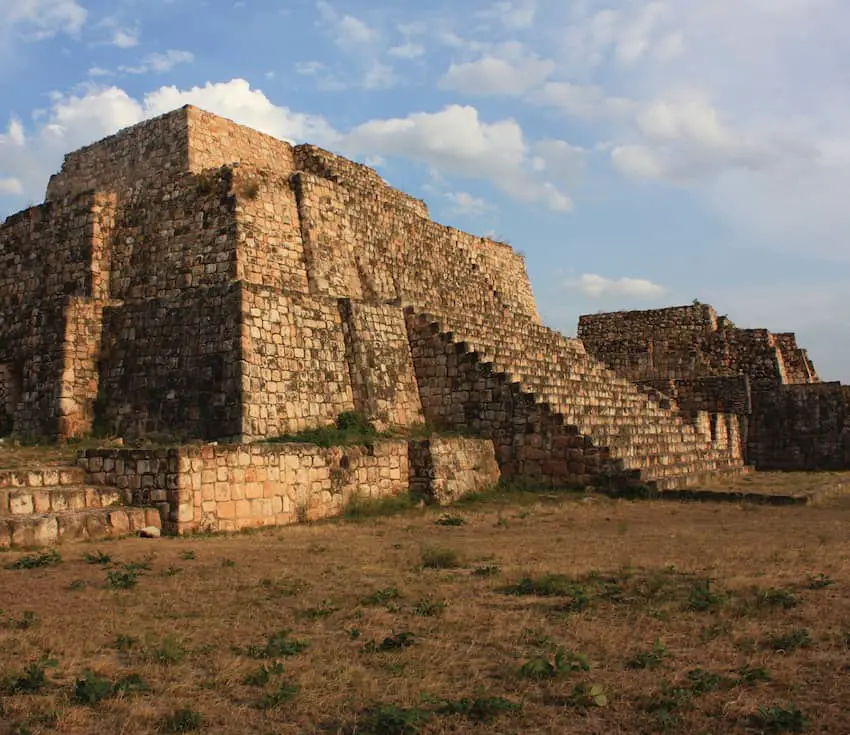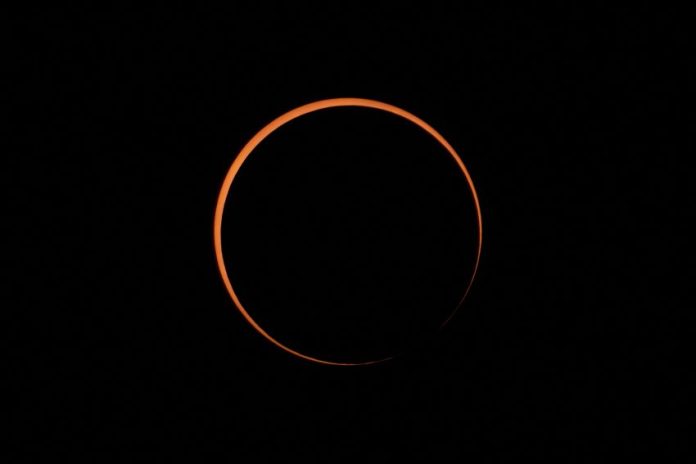The Yucatán peninsula is getting ready to host astronomical events for visitors coming to see the annular solar eclipse on Saturday, Oct. 14, during which the face of the Sun is covered by the moon.
Although a partial eclipse will be visible from other areas in the Americas, the Yucatán peninsula is the only region in Mexico where the eclipse will be seen “in totality,” darkening the Sun’s light by 90.5%.

Archaeological sites in the states of Yucatán, Campeche and Quintana Roo have announced many activities for Saturday, including viewing the solar eclipse from pre-Columbian pyramids.
According to Eclipses México, the archaeological zones of Kabah, Sayil, Labná, Xlapak, Chacmultún and Oxkintok in Yucatán are within the area of greatest visibility. These sites will allow entrance to visitors who wish to witness the astronomical event.
Chichén Itzá is not within the strip of greatest visibility, however, the site has organized weekend activities that include talks by expert astronomers.
In Quintana Roo, the archaeological zones of Dzibanché-Kinichná, Kohunlich, Ichkabal and Oxtankah will be the best observation sites to view the eclipse. Different planetariums in the state will host viewing parties for and will distribute 4,000 eclipse-viewing glasses and install filters for the 109 telescopes mounted in the planetariums.

To find the full details of Quintana Roo’s planetarium events, you can visit the Facebook pages of Planetario de Cancún, Planetario de Playa del Carmen and Planetario de Cozumel.
In Campeche, the best archaeological sites to witness the eclipse will be Isla de Jaina, Edzná and Xpujil. Campeche officials of the National Institute of Anthropology and History (INAH) have announced that visitors to Edzná will be able to bring along their observation or photographic equipment but will need to email in advance.
Jesús Galindo Trejo, a researcher at the National Autonomous University of Mexico (UNAM) who studies how the Maya observed the cosmos, told The New York Times that local authorities will distribute materials during the events that clarify myths and truths about eclipses in Maya culture.
The Maya communities in the Yucatán peninsula have a well-established astronomical tradition and have accurately predicted the cycles that produce solar eclipses for centuries. Historically, the Maya and other pre-Columbian civilizations are thought to have associated eclipses with adverse events and periods of strife.
With reports from The New York Times, El País and La Jornada Maya
